From 1582 to the present day
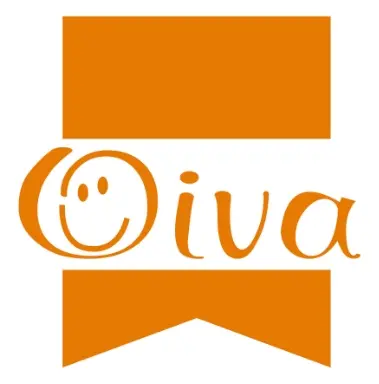
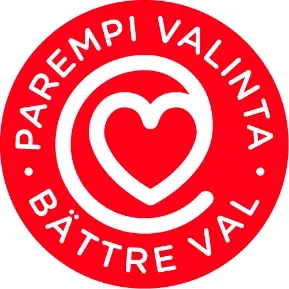
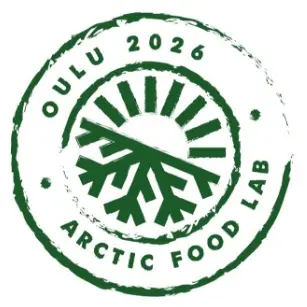
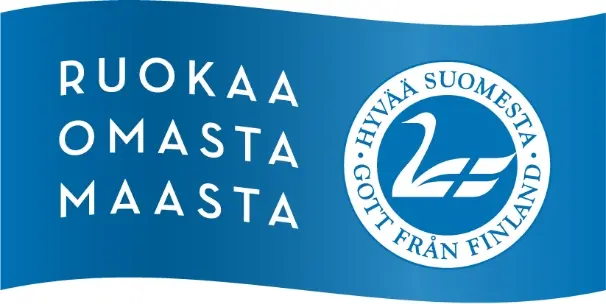
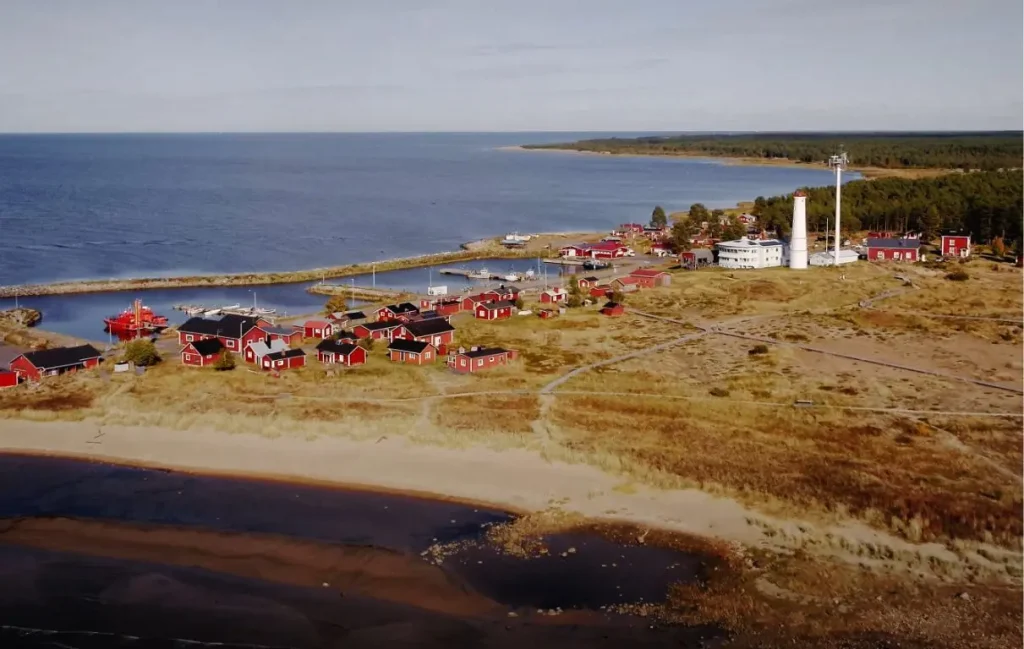
Kujala farm is located on the largest island of the Pärämere in Hailuodo. On our farm, there are about 100 mother cows that graze in the summer with their calves on the seaside pastures of Hailuoto. There are about 170 young cattle and they live in a warm barn or with their mothers in the yard.
A natural pasture produces both scenic and biodiversity benefits, so its landscape value is high. Natural grazing is always goal-oriented. The aim of the management of areas outside the fields is to increase and preserve biodiversity, landscape management or control of alien species. In addition, grazing produces recreational values and experiences for residents. Targeted treatment also means well-planned treatment, where the goals set for the development of each area are achieved.
We sell natural pasture meat grown by the sea directly from the farm and through the online store and local food groups. Either fresh or frozen if you prefer. Our direct sales selection also includes forest flavored syrups, rapeseed oil, preserves, barley and oat flakes, oat flakes and the nationally famous Lööki sauces, the production of which was transferred to Kujala’s farm in the summer of 2014. Nowadays, Kujalanburger also operates on the farm in the form of a sales truck.
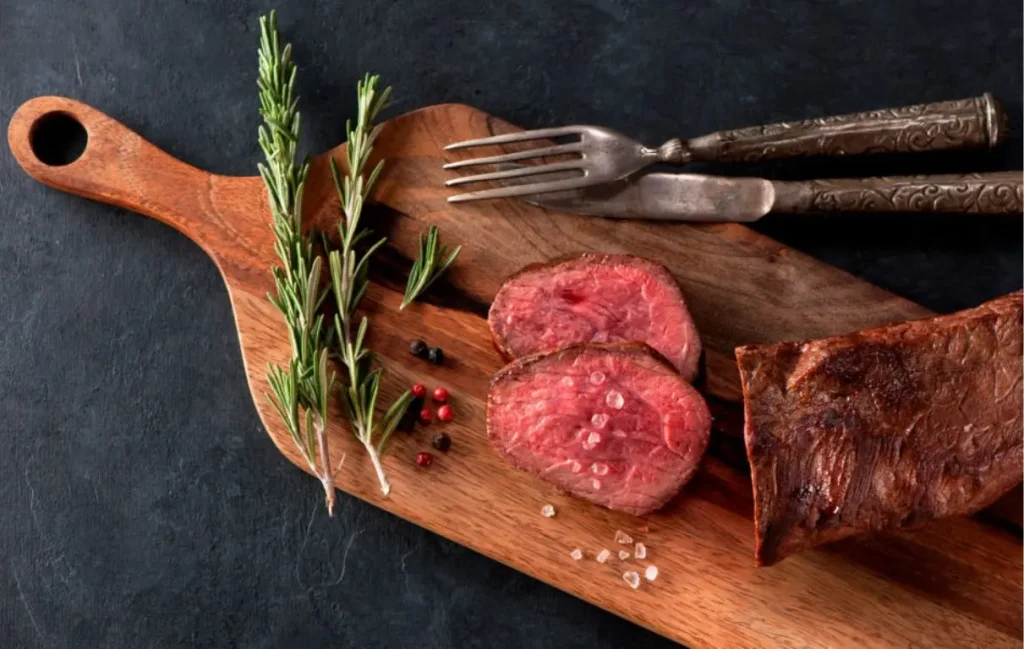
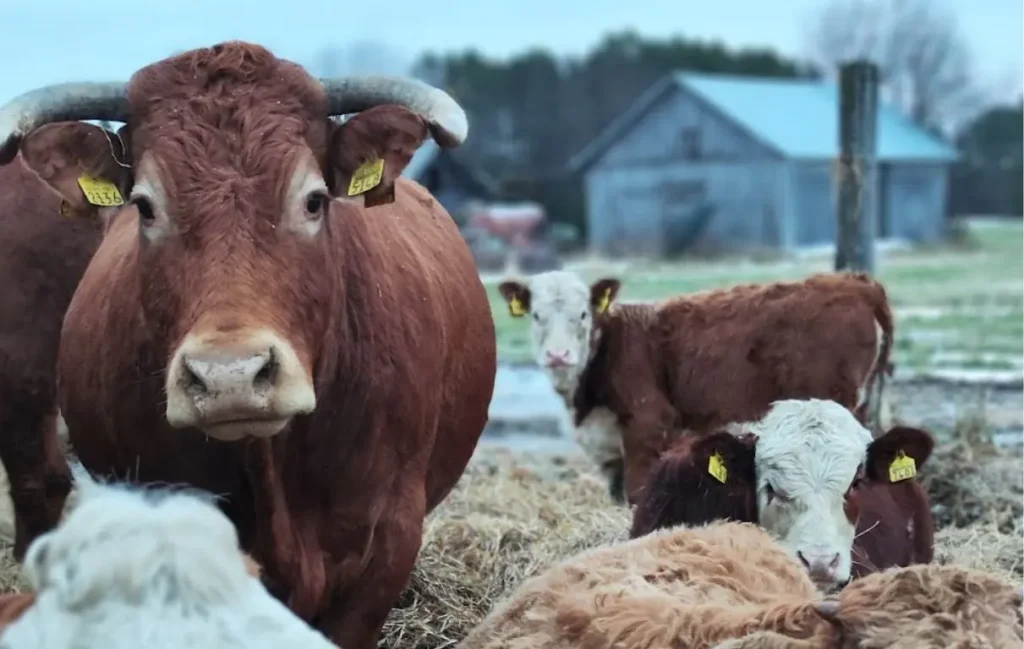
At Kujala Farm we have the following cattle breeds: Simmental, Hereford and Limousin and their crosses. These breeds have good maternal characteristics and do well on natural pastures, and are also healthy in character and structure.
We, Timo and Susanna Kujala, are the hosts and hostsess of the farm. Timo was born on the farm and has worked on the farm since he was a boy. He studied at Koivikko Agricultural College in the farmer’s line and continued his studies to become a rural entrepreneur. Since 2006 TImo has been the owner and host of the farm. At Oulu University of Applied Sciences, Timo studied entrepreneurship, branding, agriculture and further processing at OAMK Natural Resources. After that, in 2013, when the direct sale of meat from the farm started, the practical self-learning and development of the farm also began.
Susanna got to know and enthusiastically participated in the activities of the farm in her birth region in central Finland when she was in elementary school. After this, he has studied and worked in the field of financial administration, sales, training, application support, marketing, product development and nature instructor. When the situation was favorable for the couple to meet each other in 2020, Susanna changed her normal day job to entrepreneurship and started as the farm’s mistress in Kujala.
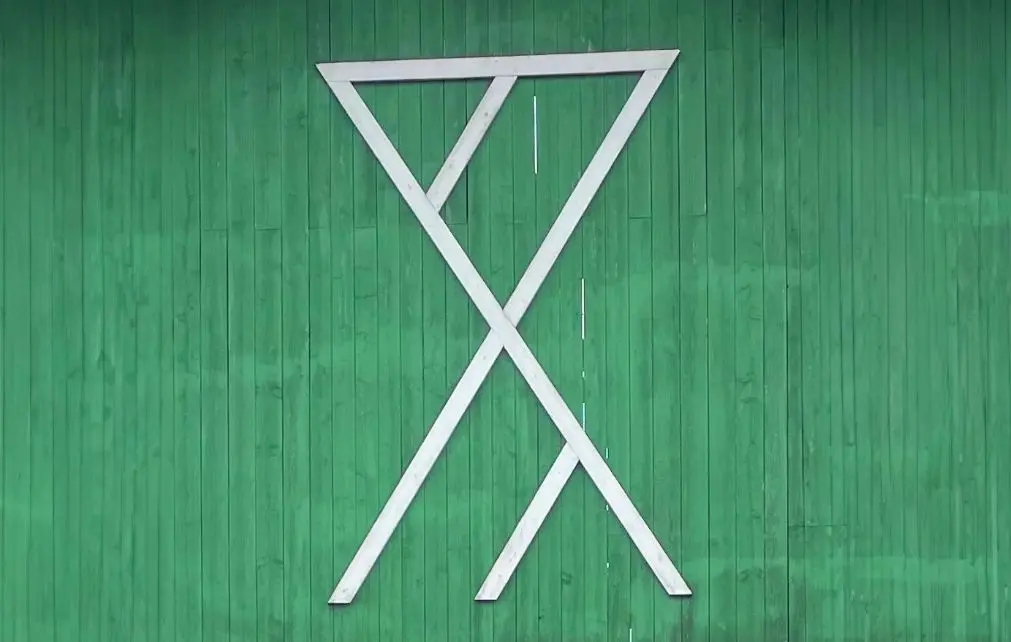
All the old farms in Hailuoto typically have their own emblem, which has carried on from generation to generation. The wooden signs are like the coats of arms of a house, which must not be forged, “or the honour is lost”, as Samuli Paulaharju wrote in 1904 in his book Descriptions of Hailuoto.
Emblem is like the coat of arms of the farm. The emblem of Kujala Farm is based on the number 10, X in Roman numeral, which is the number of the farm. Over the times when the farm has been divided and the farm keepers have changed, the emblem has evolved into its current form.
![]()
Originally the emblem was used for signing documents and marking the property like dishes, scythes, sickles, or nets for example. After penmanship and hence personal name signing became more common, the emblem has remained part of the documents. Fortunately, because the emblem has remained also a great deal of cultural heritage.
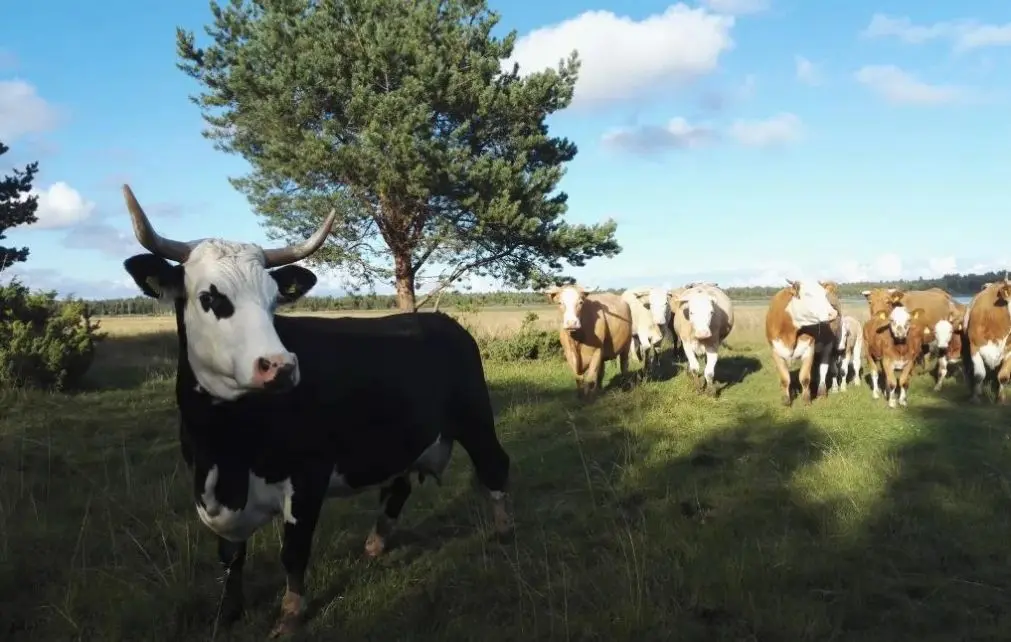
The calvers on our farm graze on the shores of Hailuoto in the Kutukari and Tömppä-Isomatala areas during the summer. The sheep graze in their own enclosure at Pöllännokka. The pasturelands are old seaside meadows, which have been pastured since the old times.
This traditional landscape cultivation is a very important part of our farms activities and is also valuable for the environment. In fact, natural pasture is one of the few ways of food production that improves biodiversity. The nature pasture is a species-typical living environment of the cattle and it brings unique subtleties of the Hailuoto seaside for the taste of Kujala Farm Beef.
Due to the traditional landscape cultivation the recreational use of these pasture areas has increased, because the high common reeds have given way to lower meadow vegetation and the terrain is more firm. Bird nesting will also be more successful. Similarly, the soil in grassland areas has become more load-bearing, and there is no longer any sinking silt.
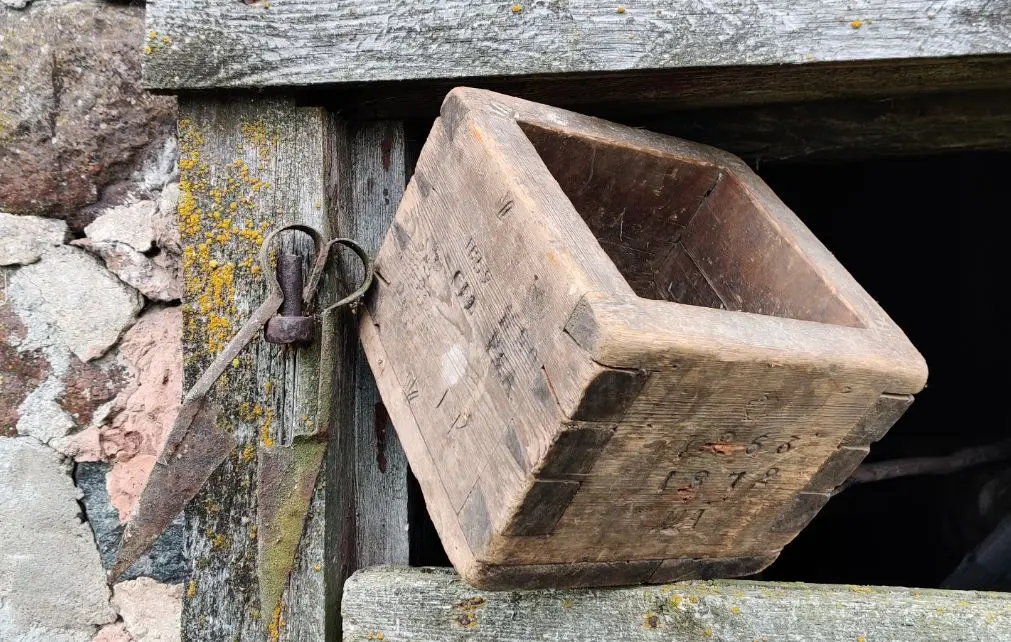
The origin of the Kujala farm dates back to the period after the mid-1500s. The farm was originally a state-owned farm on which the peasants paid tax, i.e. the rent at the time. In the 17th century the tax was an amount of rye and barley based on the mantle count, an official measure of land used at the time. The tax was 2 1/3 kappas of rye and 8 2/3 kappas of barley per year (1 kappa = 4.58 litres). The tax was based on the number of mantals, which at that time was 1/3 of a mantle count. The farm was redeemed from the state in 1686
One of the most significant historical events on the farm is the thalers hidden by the farmer during the Russo-Swedish War (1741-1743). The thalers were hidden under a stairwell in the basement. Although the basement was demolished in the renovations of the main room and the entrance of the house, the stairwell remained intact -and the thalers remained hidden. The thalers were found only in 1978 when the basement was demolished in the renovation of the new entrance and the sauna. Now the thalers are safe in the Northern Ostrobothnia Museum in Oulu.
The livelihoods of the Kujala Farm have always been fishing, agriculture and trade. Over time, the main acreage has been divided into several farms, the most important being Kujala, Toikki and Perälä. Today, from these farms only Kujala is practicing agriculture. Fishing did not disappear from the industry until the late 1980’s, when the previous farmer, Kari Ranta, began to focus on raising beef cattle.
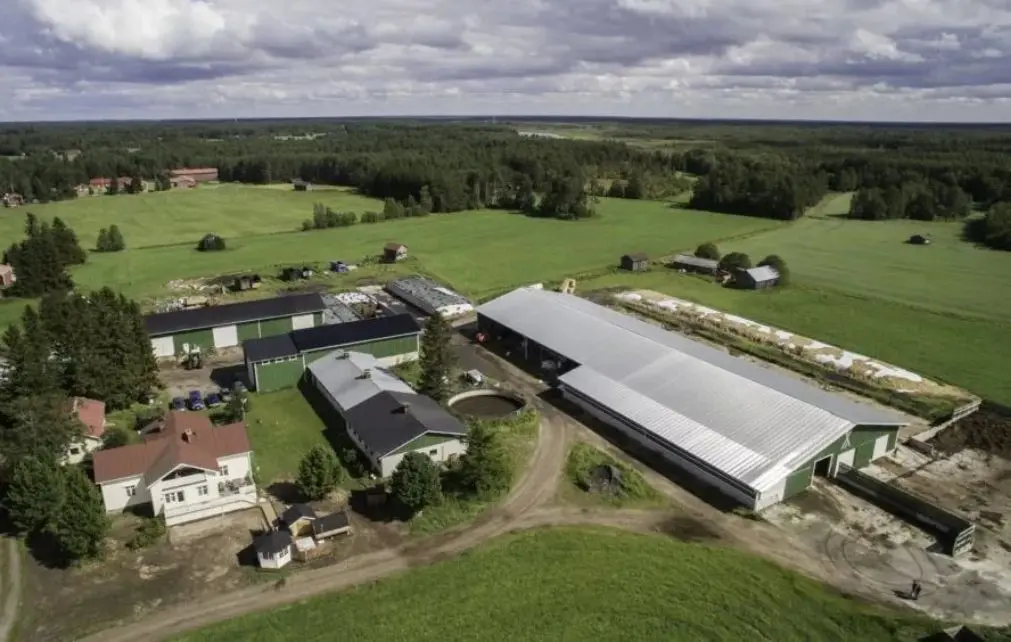
Until the late 1970’s, there have been dairy cows on the farm In 1983, the cattle move to their new indoor barn. At the same time, the old stone barn, according to the lore built in 1790’s, was decommissioned. It managed to serve the farm for almost 200 years. The farms indoor barn was expanded to its current size in 1996. At the turn of the millennium, the farm changed from purchasing calves to self-renewing beef cattle. The first calvings took place in spring 2001. In 2006 the open-air barn for the calvers was completed.
Direct sales of the Kujala Farm began in the 1990s at the Hailuoto Fish Market happening annually in October. The first products were pearled barley and oat, and oat flakes Direct sales of the seaside pasture-raised beef began in autumn 2013 also at the Hailuoto Fish Market. The former calf barn was renovated into the meat processing premises.
In the summer 2014, the Lööki Garlic Sauces, formerly produced by Ritvan Herkku, became part of the Kujala Farm product selection. The production of the sauces was transferred to the Kujala Farm’s food premises and the “mother” of the sauces, Ritva Heiskari, taught the sauce making to the Kujala Farms farmer and his wife.